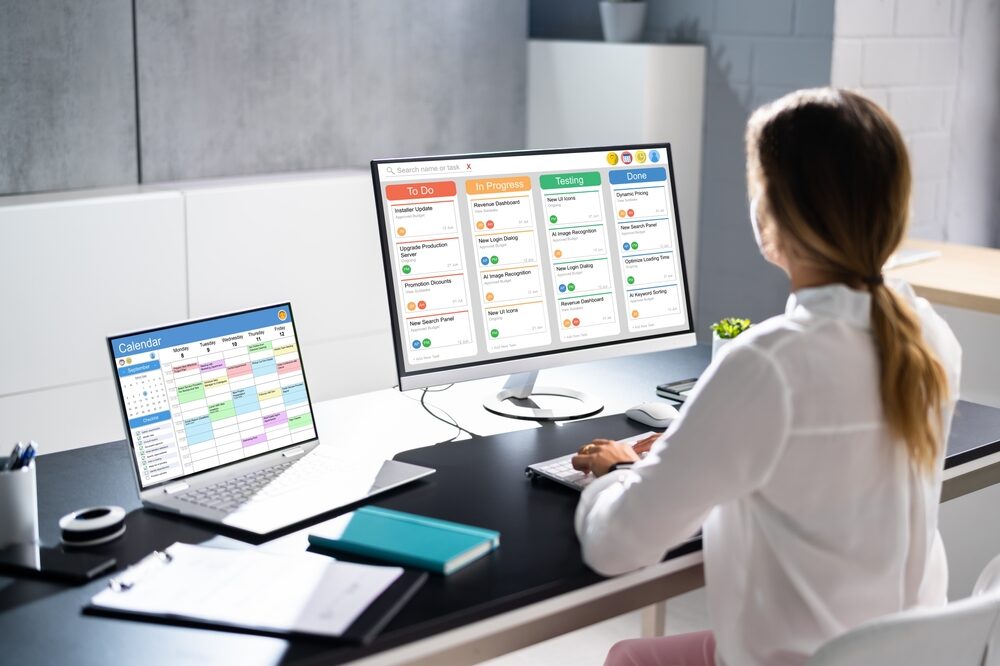
There is a staggering number of websites that are online today, with web design company Siteefy estimating the figure to be around more than a billion. While only 18 per cent of those are considered active, that’s still a lot of websites out there competing for online users’ attention and clicks. How do you stand out and ensure you reach your target audience? The answer lies in providing them with engaging content.
Being able to put out excellent content allows you to capture the attention of your audience and keep them coming back. To that end, you’ll surely need a content calendar to keep things organised and consistent. Here are some pointers to keep in mind when building a content calendar for your site.
Set clear goals right off the bat
A content calendar has two functions: to dictate the schedule of your content releases and to serve as a means to map out a coherent content strategy. If you have a team of content writers for your website, that means they’ll be referring to this calendar constantly to know what kind of press releases, blog posts, or similar pieces of content they’re expected to create. Thus, a content calendar should be made with clear goals in mind.
What is your intended frequency of posting? What is your content’s main purpose: entertainment or information? Perhaps even a mix of both? By asking such questions and setting goals early on, it becomes easier to pinpoint what exactly to put in your content calendar and how to go about its implementation. This goes a long way in ensuring that content production remains consistent and true to your brand.
Admittedly, this can be a daunting task, at which point you may also consider enlisting the help of a trustworthy SEO agency to help hash out a content calendar that works for your website. With your ideas and the expertise of their team, you can build a content production workflow that suits your needs.
Create a detailed audience persona
No matter how well-written your content is, if it’s not reaching your target audience, then it doesn’t serve its purpose. Hence, it’s important to identify first who your intended audience is so you can tailor-fit your content to what they might be interested to read. Vague estimations like “working adults” or “housewives” won’t do; try to create a detailed persona (or multiple ones) to whom you can more directly address your content.
Creating an audience persona means pinpointing their demographic, preferences, pain points, and goals. This makes it easier to customise your content planning as if you are addressing this person directly and not just speaking in general terms. Identifying specific problems or challenges they face also means being able to provide them with solutions or alternatives, further increasing your content’s relatability.
Encourage creativity and collaboration in your content
So now that you’ve got your goals down and have a detailed persona of who you wish to speak to, now comes planning the topics you’ll put in the content calendar itself. Thinking up various topics can be challenging as you want your audience to stay engaged with every post. That won’t happen if your ideas aren’t quite hitting the mark.
One great way of coming up with content is to take trending topics in your industry and give them a creative spin. Rather than just simply reporting, say, a new feature on their favourite social media platform, elaborate on how this affects your audience directly or offer different ways to use it. You may also encourage collaboration among your content as well. This can mean looking into making guest posts or combining media forms, such as having infographics included in an article. All this ensures your content stays fresh and relevant to your audience.
Let data and analytics shape your content calendar
While your content calendar is a great tool to keep everything mapped out, learn to be flexible with it as well depending on the reception you get from your audience. Monitor performance indicators such as website traffic and social media metrics to see which types of content your audience prefer, then adjust your calendar accordingly. That’s not to say that you should post the same type of content all the time. Rather, see it as a guide to get to know your audience better.
Check if your content is able to produce the expected results, such as getting more people to use your service or buy your product. If not, then consider coming up with a new strategy. Consider as well the timing of when you generate the most engagement. By making full use of data and analytics, your content remains dynamic and attuned to the needs of your audience.
Having a content calendar is a must for any website that produces content as it enables them to more effectively and consistently engage with their audience. However, much thought and care should be put toward planning what goes into it to ensure that it’s able to meet the goals that you’ve set. Let these tips guide you in creating a content calendar that will help effectively boost your website traffic and engagement.



